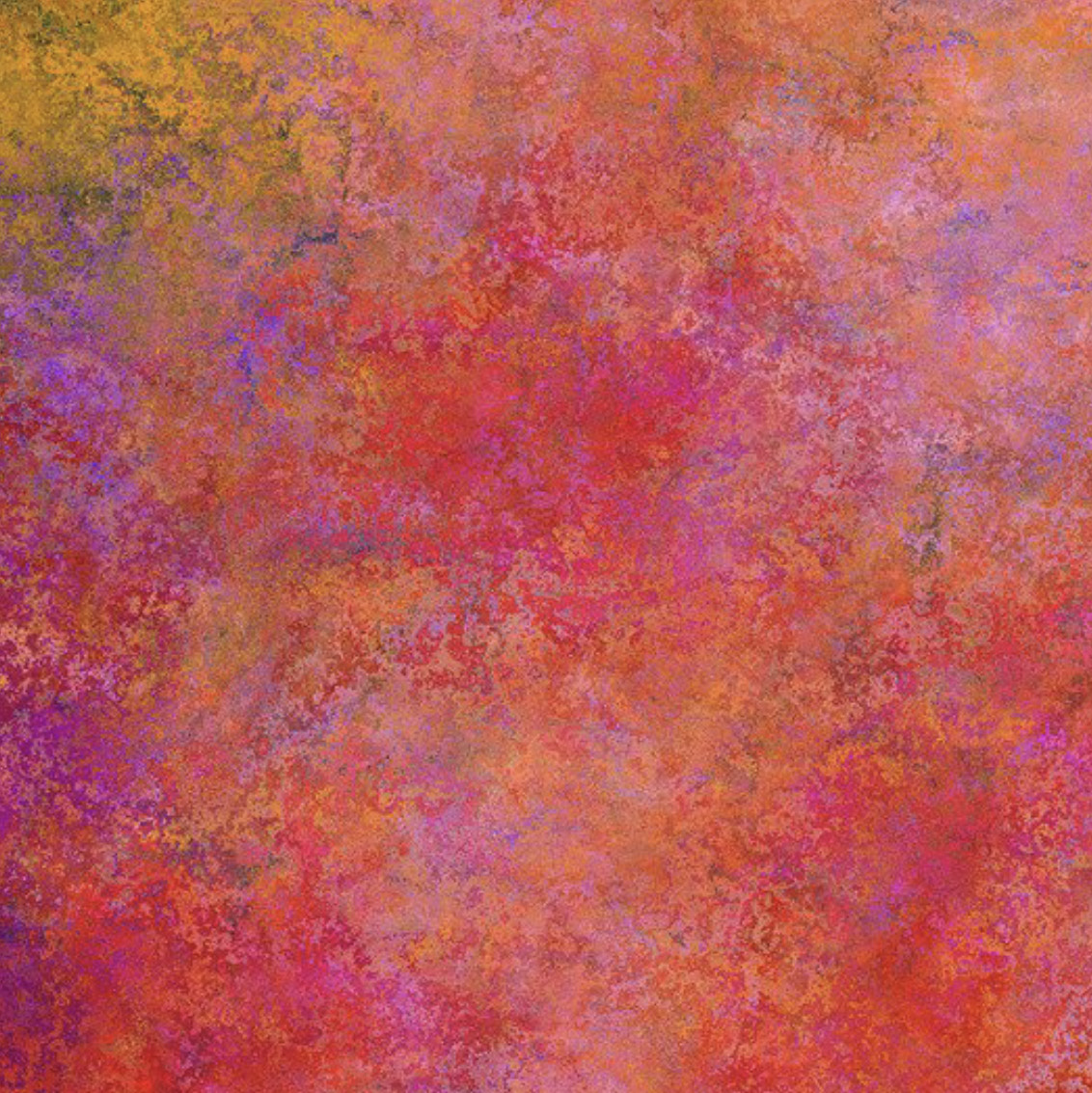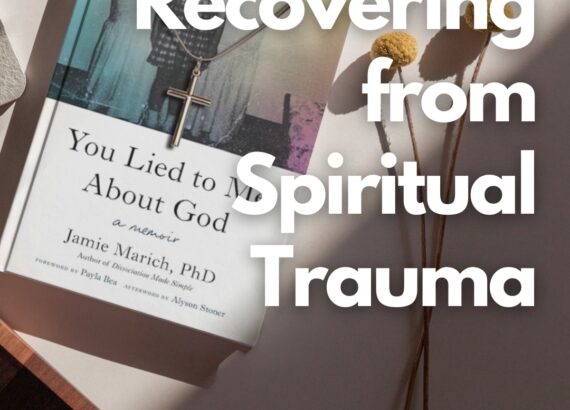Episode 19: The EMDR Intensive Model

Learn the difference between the intensive model and traditional therapy model. In this episode, learn the challenges associated with both models.
DESCRIPTION OF AN EMDR INTENSIVE TRADITIONAL THERAPY MODEL:
- Typically longer than a 50 minute session
- Sometimes sessions can be several hours long or even several days.
- There’s much more that occurs in a session than just bilateral stimulation.
- For example, this includes spending time on reprocessing. It also allows time for resourcing and preparation.
- It also allows for more stabilization at the end of a session.
- However, not everyone is a good candidate for this type of model (ex: children)
- It makes a difference for clients to get through a whole target in one setting, while still having time for closing stabilization.
TRADITIONAL MODEL CHALLENGES:
- There’s not enough time in a 50 minute session.
- After opening and closing, there is limited time left for processing (20-30 minutes).
- When a client arrives to their session, it requires motivation and courage every time they have to reopen the container.
- The therapist has back to back sessions with different trauma stories. It’s sometimes difficult to switch between sessions.
- Many clients have to take off work weekly
- Lastly, clients are also limited to therapists in their area
INTENSIVE CHALLENGES:
- Initially intimidating to clients -Not supported by insurance
- The length of the sessions can be overwhelming to clients
- There’s a concern for exhaustion of the client
- There’s also a concern for exhaustion of the therapist
EMDR THERAPY RETREATS:
TYPICAL STRUCTURE OF RETREATS:
- Massage therapy
- Yoga therapy
- Ayurvedic food
ADDITIONAL SERVICES:
- Art
- Art journaling
- Bio mat session
- Reiki
- Neurofeedback
- and more





